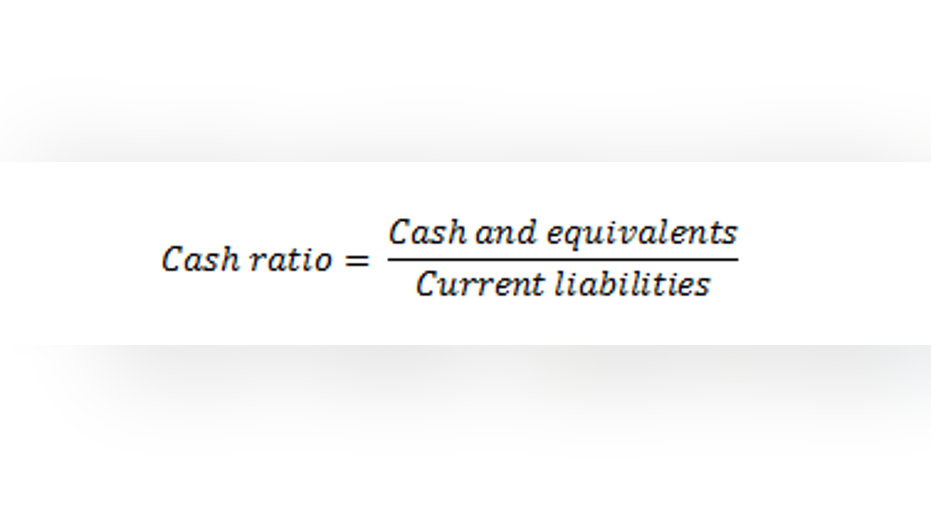How to Find Total Current Assets

A company's assets include everything of value the company has, such as cash, investments, or property. Assets are split into two categories: current assets and long-term assets. Current assets are useful when evaluating the financial health of a company because they can reveal the ability (or inability) to fund its operations and pay expenses.
What are current assets?Current assets are defined as all assets that can be expected to be converted to cash or equivalents within one year and are also known as short-term assets. Examples of items that are typically included when calculating current assets are:
- Cash and equivalents.
- Short-term investments (marketable securities).
- Accounts receivable.
- Inventory.
- Prepaid expenses.
- Any other liquid assets.
It's important to note that not all of these will actually be converted into cash within a year. For example, prepaid expenses are listed as a current asset because they eliminate the need to pay for things within the next year, thereby saving cash.
Current assets are usually listed on the company's balance sheet in descending order of liquidity. Cash is the easiest type of asset to use to fund obligations, so it's listed first. The order can vary depending on the type of business, but in general the liquidity of assets is in the same order as the list written earlier.
ExampleAs an illustration, consider this snapshot of Wal-Mart'sbalance sheet at the end of the last fiscal year.
The current assets are clearly separated and listed in the order of liquidity. Cash is obviously the most liquid asset, and receivables represent cash that the company has already earned but hasn't yet received. Inventory is less liquid, as it represents goods that may sell quickly or may take some time to convert to cash.
Three useful ratios you can calculate with current assetsFinally, there are some ratios we can calculate using current assets that can help us get a picture of a company's ability to meet its short-term obligations.
First, the cash ratio is the most conservative, as it only takes the company's cash and equivalents into account, dividing those numbers by the current liabilities. This shows how readily a company can immediately cover its short-term debts.
Next, the quick ratio includes marketable securities and accounts receivable, but ignores inventory. This tells us about a company's liquid assets in relation to its short-term liabilities, and is also known as the "acid-test ratio."
Third, the current ratio incorporates all current liabilities into the calculation. This is theoretically the best measure of a company's ability to meet its obligations, but beware of inflated inventory numbers.
To sum it up, current assets are useful when trying to determine a company's ability to meet its obligations over the next year or so. A high level of current assets relative to liabilities is a good indicator of financial health, and a low level of current assets can be a sign of trouble.
This article is part of The Motley Fool's Knowledge Center, which was created based on the collected wisdom of a fantastic community of investors based in theFoolsaurus. Pop on over there to learn more about our Wiki andhow you can be involvedin helping the world invest, better! If you see any issues with this page, please email us atknowledgecenter@fool.com. Thanks -- and Fool on!
The article How to Find Total Current Assets originally appeared on Fool.com.
the_motley_fool has no position in any stocks mentioned. The Motley Fool has no position in any of the stocks mentioned. Try any of our Foolish newsletter services free for 30 days. We Fools may not all hold the same opinions, but we all believe that considering a diverse range of insights makes us better investors. The Motley Fool has a disclosure policy.
Copyright 1995 - 2015 The Motley Fool, LLC. All rights reserved. The Motley Fool has a disclosure policy.



















